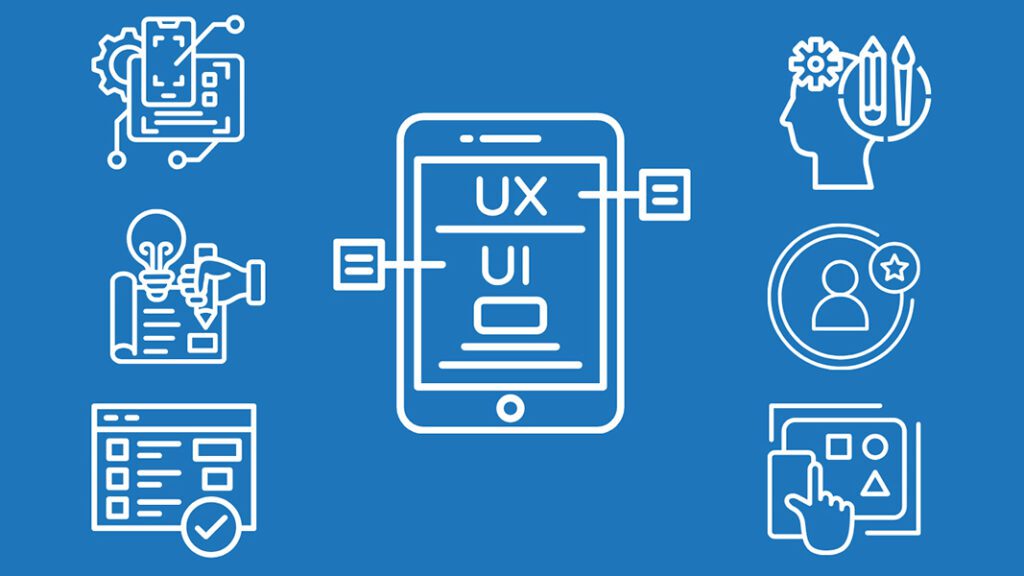In today’s rapidly evolving digital landscape, it’s more critical than ever to be able to create intuitive and user-friendly designs that address the actual needs of users.
Unfortunately, most of the traditional approaches to software design tend to focus solely on actions or processes. This often results in unintuitive, overly complex interfaces and architecture that are disconnected from how users think and interact with the real world.
So how can we help our users navigate complex systems easily and find what they really need? The answer is simple: Object-Oriented UX Design (OOUX). It’s a unique, innovative approach that helps designers create more cohesive, user-centered experiences by looking at digital interfaces as objects that users actually interact with.
Understanding Object-Oriented UX Design
Put simply, OOUX is about organizing information and interactions around the objects that users care about, engage with, and understand, rather than focusing on tasks or processes.
Instead of designing a page or interface based solely on features or workflows, OOUX encourages designers to identify key objects and structure the design around them. In turn, this makes it easier for the users to relate to and engage with the system, as it mirrors how they interact with the real world.
The key benefits of Object-Oriented UX Design
OOUX proves especially useful for designing systems that involve complex interactions, such as e-commerce websites, enterprise software, or social media platforms. By focusing on actual objects rather than abstract processes, designers can achieve the following:
- Simplify complex interactions: Breaking down a complex system into recognizable objects makes it easier for users to understand and navigate the system.
- Improve consistency: When objects are well-defined and have clear relationships, the entire system feels more cohesive and less overwhelming.
- Enhance user engagement: When users interact with familiar objects, they feel more in control, which leads to better engagement and satisfaction.
Object-Oriented UX Design: A key tool at Azul Arc
At Azul Arc, we are big believers in the power of Object-Oriented UX (OOUX), because it helps us align our own system design with the way our users naturally perceive and interact with their world. By focusing on core objects that the users truly care about, we use OOUX to create experiences that are intuitive, scalable, and user-friendly.
To employ Object-Oriented UX Design, we use the four key pillars of the ORCA framework. Each of these pillars is extremely vital in contributing to a user-focused design:
- Objects:
These are real-world objects that are meaningful to users, which makes the interface easier to understand and interact with. - Relationships:
This refers to the connections between objects, defining how they interact with or depend on one another. - Call-to-Action (CTAs):
Users should be able to perform relevant actions on objects, making interactions feel natural and intuitive. - Attributes:
Just like physical objects can change states, digital objects should also have clear, defined states that users can easily navigate.
How does Azul Arc use OOUX in our design process
To create a successful Object-Oriented UX Design, we first have to ensure that we have a full and in depth insight into the problem at hand. By basing the design process on a thorough understanding of the user needs and the system’s domain, our OOUX provides solutions that are both intuitive and scalable.
The following steps help us make sure that we have a complete knowledge and understanding of the issue before we start the process of OOUX.
- Identifying core objects: We start by understanding our users and the core objects they interact with.
- Mapping object relationships: Once we’ve identified the key objects, we then map out how they relate to one another.
- Designing object states: For each object, we define the possible states and ensure these are clearly communicated in the interface.
- Testing and iterating: As with any design process, usability testing is crucial. We ensure that users can easily identify and interact with objects in our design, and iterate based on feedback.
Taking the time to critically analyze the problem and strategically position our solution are the keys to the success of our OOUX. This deliberate and well-thought out approach minimizes the likelihood of misaligned products and allows our methodology to deliver experiences that are purposeful, user-centered, and effective. Without this foundational understanding, there’s always a significant risk of creating a product that fails to meet user expectations or solve the core problem.
Used correctly, Object-Oriented UX Design can be a powerful tool way to discover how users actually view the world in order to create interfaces that feel natural, simple, and easy to navigate. Whether you’re designing a mobile app, a website, or an enterprise application, understanding the core objects your users interact with can significantly enhance both your user experience and engagement.
